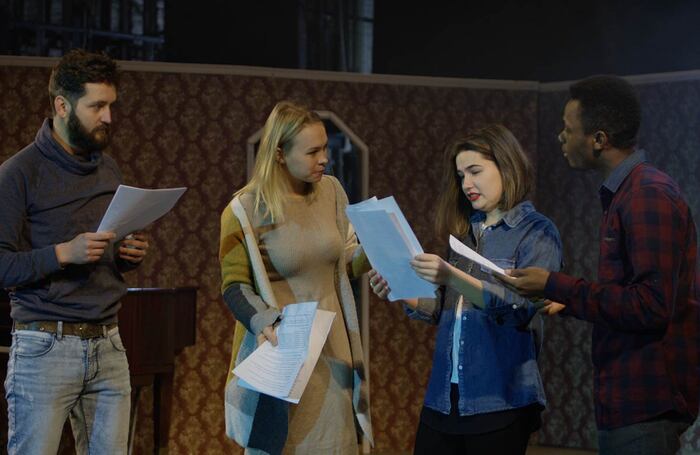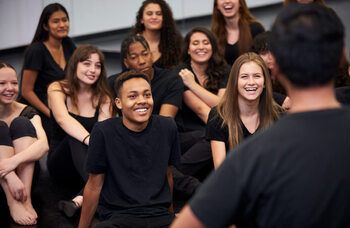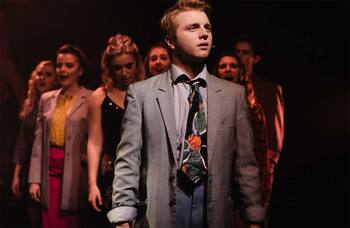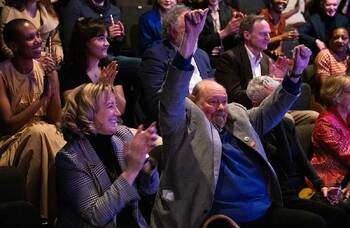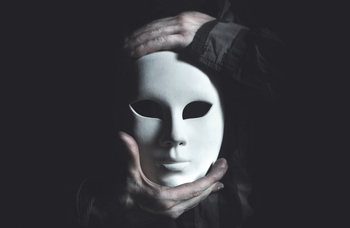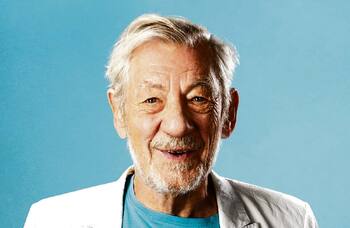It’s time for actor training to venture beyond Stanislavski
Stanislavski’s shadow continues to loom large over theatre, but do his teachings hold back people who are already underrepresented in theatre? I thought a lot about this in preparation for a speech on Stanislavski and Race for the Stanislavsky Research Centre’s S Word symposium recently hosted by the University of Notre Dame Global Gateway in London.
Stanislavski training and methodology is still the lingua franca of many drama schools, and I know from experience as an artist of mixed heritage that they were not a place of welcome for me. This was because ‘the Stanislavski system’ could not provide me with conditions to thrive by being able to bring my unique identity and cultural context to the making of any work. I have thought a lot about this.
Today in my work as a director and educator, I see actors struggling in the same way I did. They are in spaces where differences are ignored rather than nurtured, and where leaders often lack a language that can help their actors investigate the richness of their own background.
I have spent my professional career working with Black and global-majority artists who have remained under-represented on our stages.
Moreover, they have been badly treated by our approaches to actor training in our rehearsal rooms, where unconscious racism can still permeate the educational institution.
Working in conservatoire training institutions, I have often been frustrated in attempting to work with the cultural identities of performers. Actors can lack a language for investigating the richness of their own background, and moreover, lack structure to bring them into their acting practice. I believe this stems from an emphasis on the Stanislavski system, which seems to stand in the way of allowing performers to express their cultural heritage authentically on stage.
The ‘Real I’ was important to Stanislavski. He believed the actor’s self was the foundation on which to build a performance, that truth emanated from the actor and it was the sharing of the actor’s inner self that gave a performance the feeling of truth or authenticity.
The ‘Dramatic I’, Stanislavski said, would look and sound as human as the ‘Real I’ but would in fact be created behaviour; something that looks like life and is organised to make an audience believe in what was in front of them.
But in all Stanislavski’s writings, there is no mention of an actor’s own idiosyncratic detail, historical narrative and cultural context and how this finds a position within the creation of a character. It feels as though Stanislavski focused on the fictional character rather than the artist creating the fiction, erasing the actor’s unique qualities and potential.
Embracing difference in theatre arts training requires changes to teaching methods as well as philosophical adjustments in classrooms and rehearsal rooms.
The unique cultural context of the individual actor is a rich hinterland for discovery and should not be ignored but used as a source of power for the student and their creativity. Maybe the time has come to move beyond Stanislavski and find a constructive alternative
Opinion
Recommended for you
Advice
Recommended for you
Most Read
Across The Stage this weekYour subscription helps ensure our journalism can continue
Invest in The Stage today with a subscription starting at just £7.99
 Kristine Landon-Smith
Kristine Landon-Smith